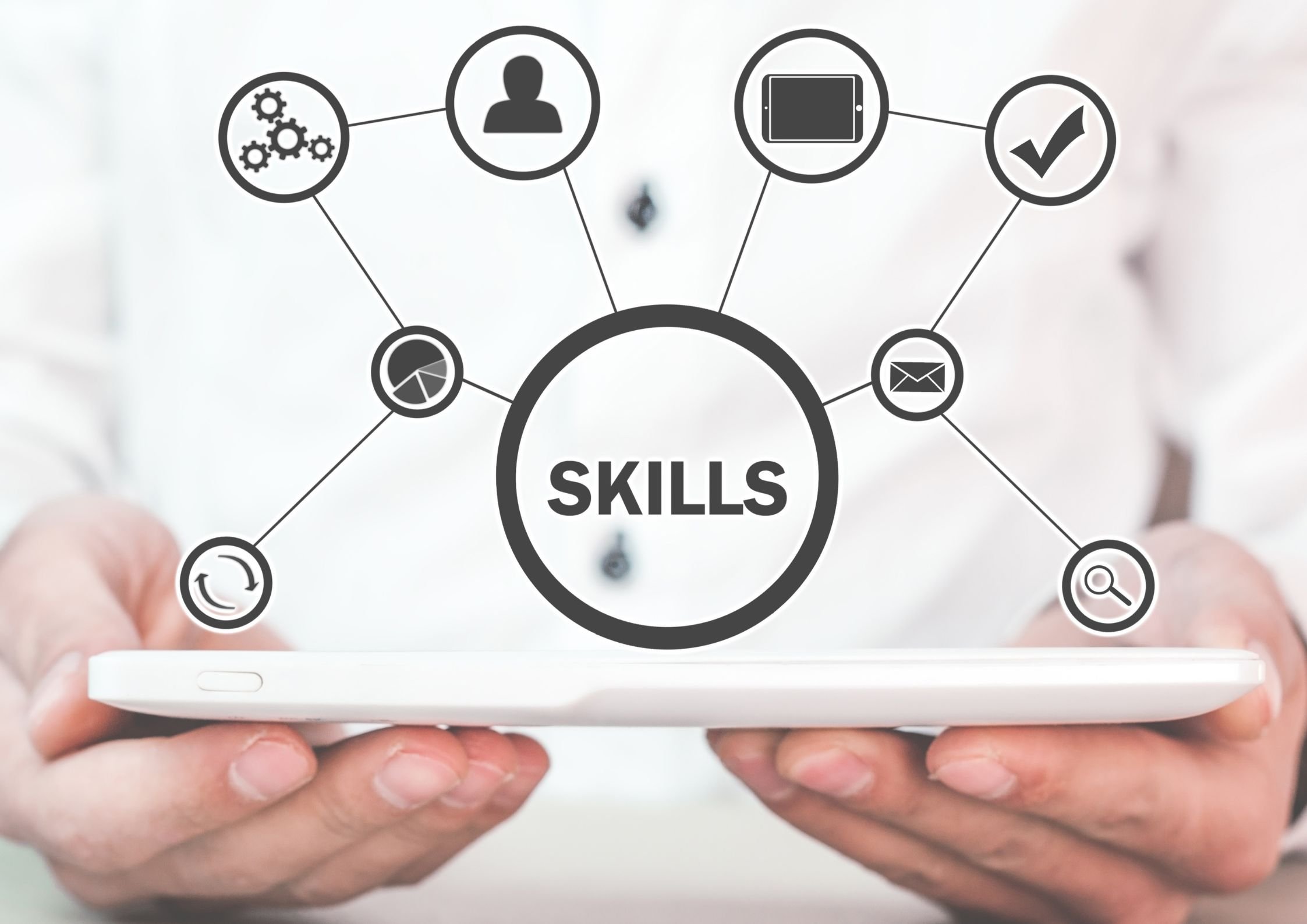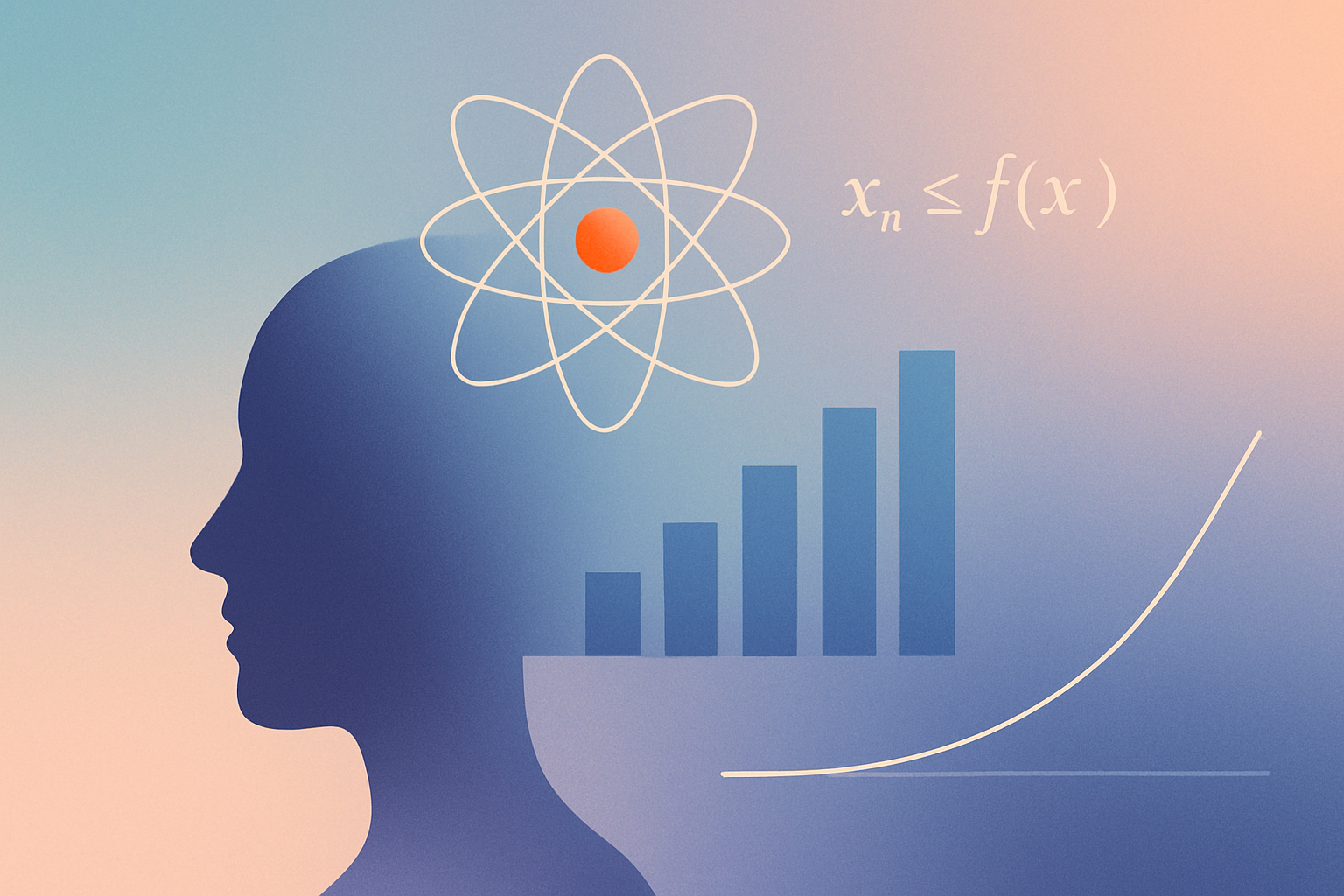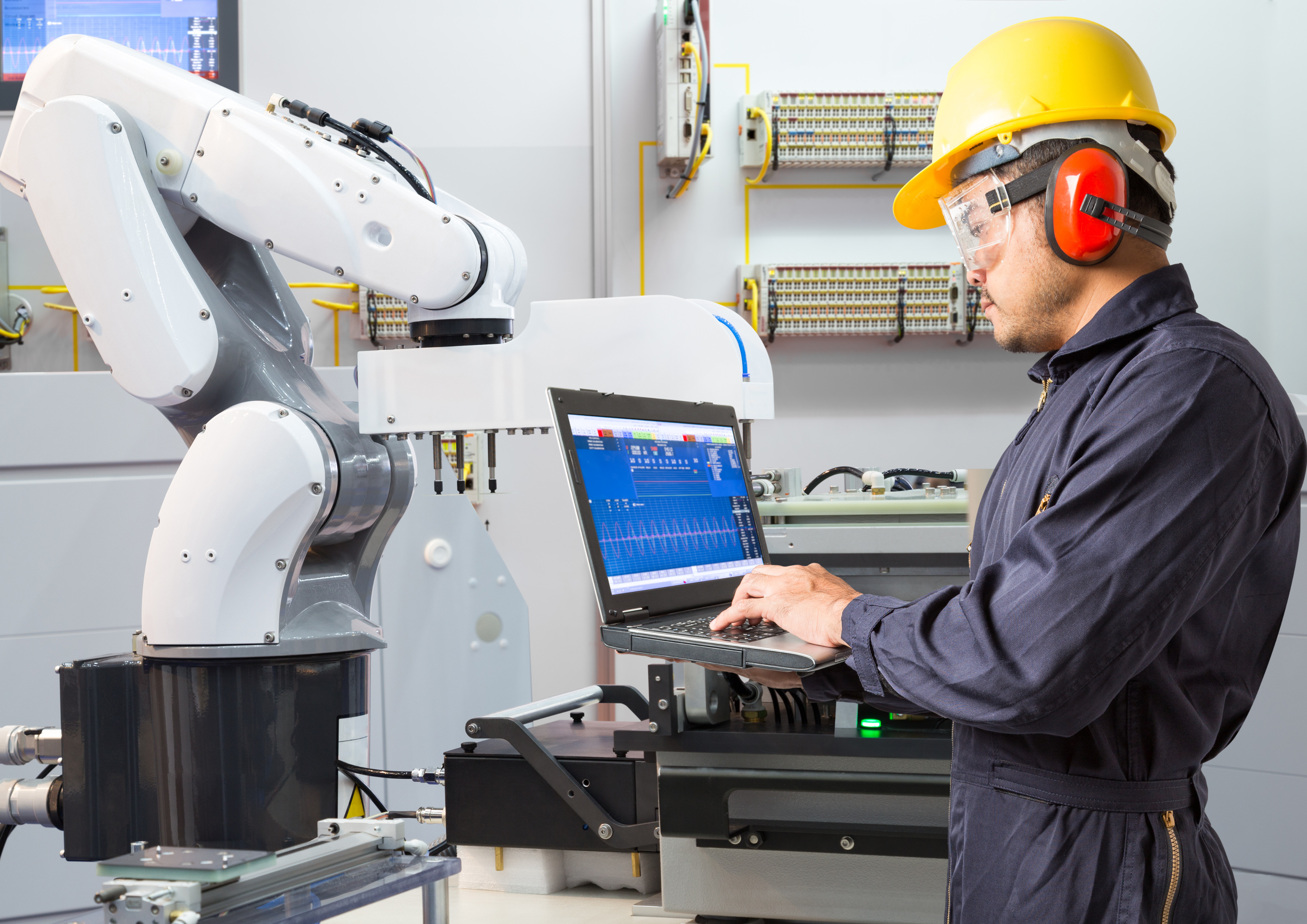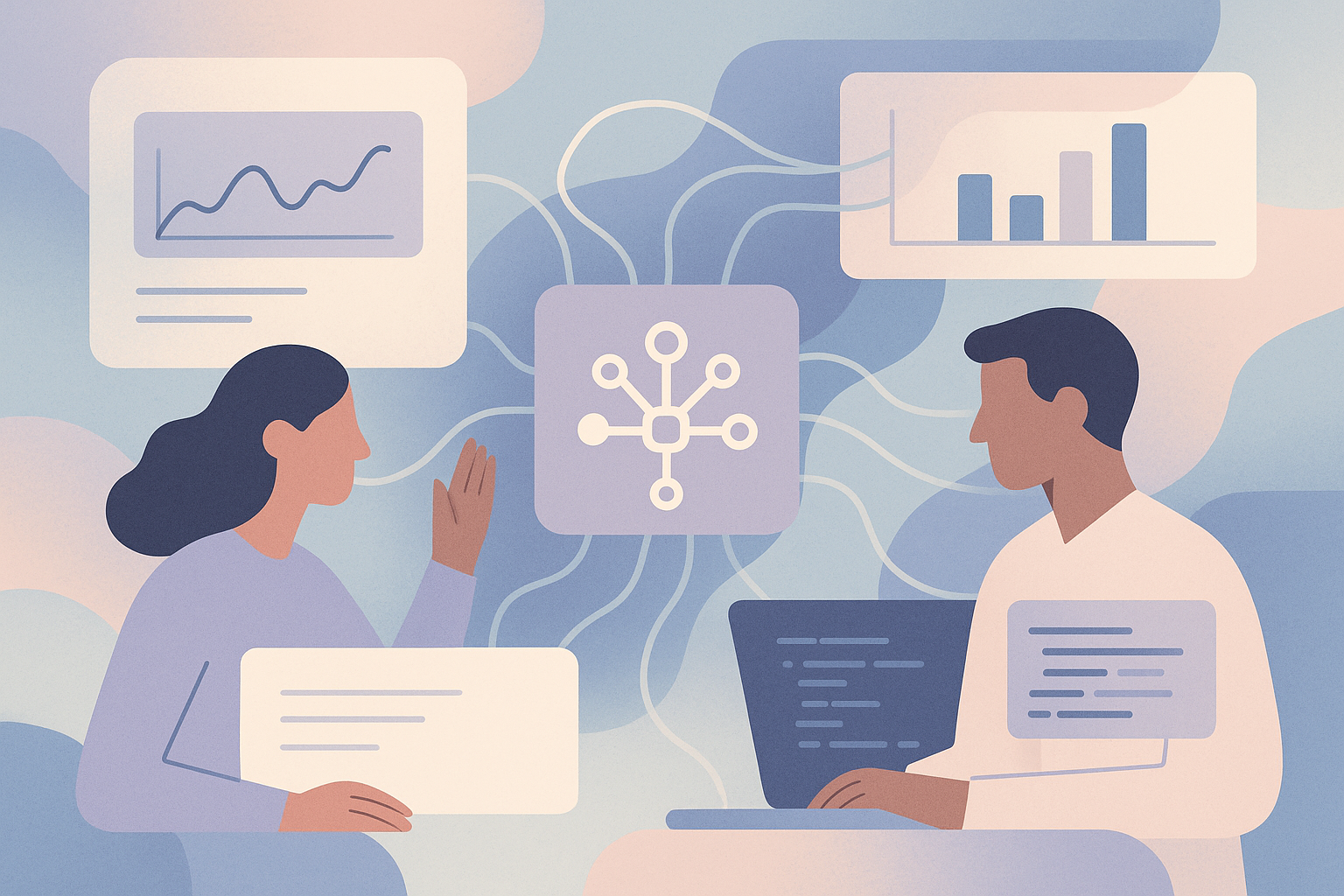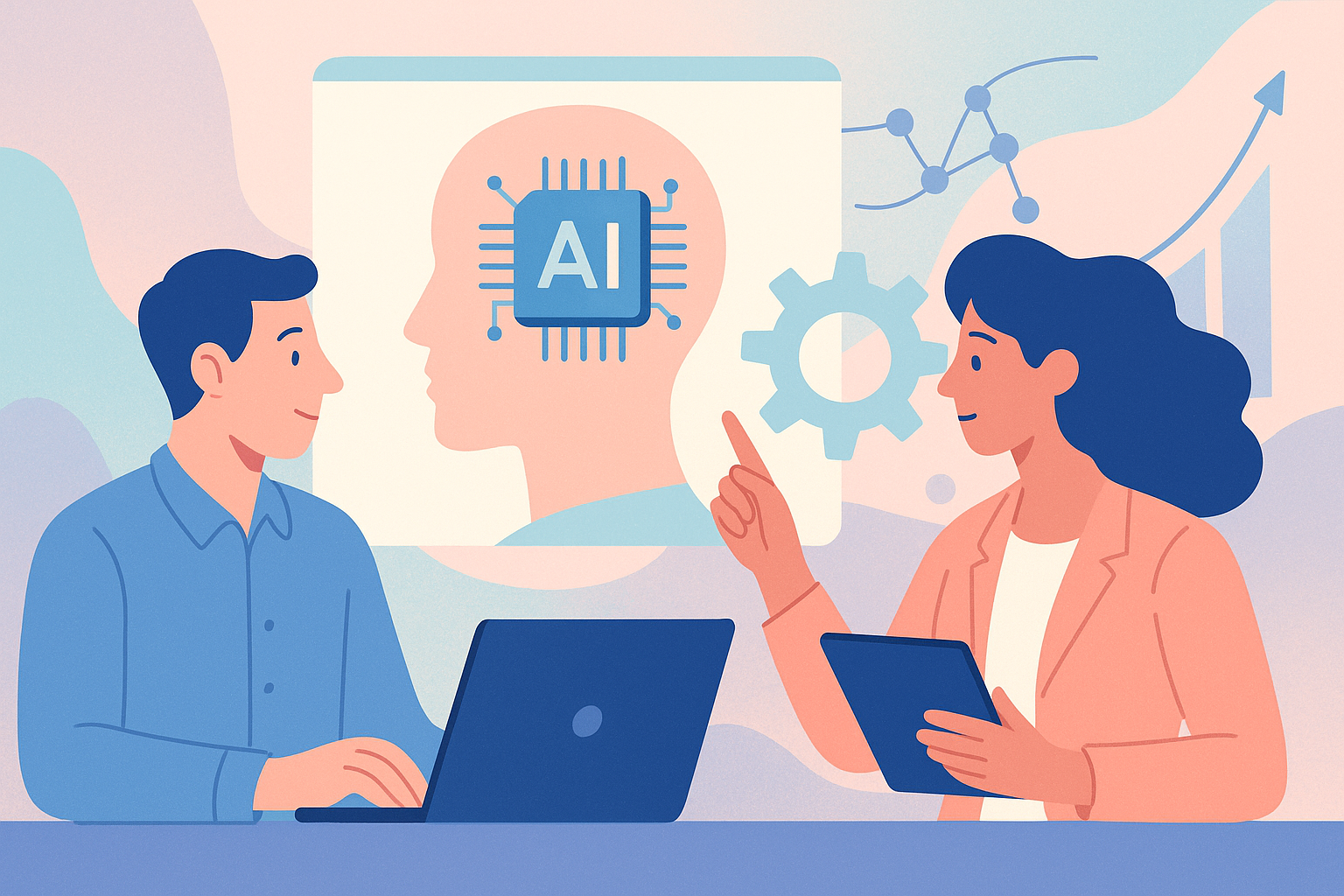Six AI trends that are changing skills and education training forever
Education and professional training are delivered in a much different way than before, since artificial intelligence is in the game. AI tools for education and training are becoming popular even in schools, universities, and companies because of their ability to create more personalized, efficient, and scalable learning experiences.
For businesses in today's fast-paced world, learning and upskilling are essential in many industries, and AI training programs are the perfect solution for staying competitive.
Here are six AI trends in the learning world that are changing how knowledge and skills are developed today and for the future.
1. Intelligent Course Building and Content Personalization
Course creation is one of the fastest-growing aspects of AI-powered education. The reason for that is the advantage AI has over traditional training programs – less time needed for developing the course and learning, plus, thanks to AI, those courses can be extremely personalized, while traditional training programs are designed to focus on a broad audience.
Tools such as an AI course builder can automate much of this process. Giving user data is enough to create customized learning paths, skill gaps, and learning goals.
Furthermore, AI-driven course builders give the opportunity to training departments and educators to create targeted modules faster and at an affordable price.
Pricing is different depending on usage and enterprise needs.
2. Adaptive Learning Systems
AI adaptive learning systems analyse students' behaviours, assess them in real time, and then adapt the content difficulty, format, and course at different times. Instead of providing all learners with the same material, adaptive platforms can continually respond to each individual's performance and personalize an entire range of challenges and support for maximum engagement.
3. Virtual AI Tutors and Mentors
The stimulating characteristics of AI tutors enable them to answer questions, give hints, and facilitate learning in various areas.
This virtual mentor provides permanent feedback and helps assess emotional engagement to suggest resources, thereby creating a more engaging and supportive learning environment, even outside the classroom.
4. Predictive Analytics for Skill Development
By estimating future learning needs for students and employees through historical data as well as real-time data, AI can transform the learning landscape.
By these means, predictive analytics is allowing organizations to target their training approaches ahead of time, helping them close the skill gap and firmly align education with industry needs. This reduces costly retraining in workforce development and increases the speed at which new employees become productive.
Some key areas where predictive analytics is changing the skill development industry:
Early identification of skill gaps: AI models can identify gaps in the skills of individuals or teams as they begin to surface, ensuring they quickly become an impediment.
Personalized learning suggestions: The system can recommend particular courses or modules to be taken based on the career path of an employee or the aims of an academic program held by a student.
Optimal resource allocation: This knowledge about which programs will make the biggest impact can be used to allocate training budgets and time in a more effective manner.
Estimation of job performance: Predictive models will assess future job performance on the basis of actual learning progress and current competencies.
Strategic workforce planning: By examining trends in occupational needs, organizations can plan for future job needs and place their efforts toward upskilling current staff.
5. Automated Assessments and Credentialing
Assessment and certification mechanisms are undergoing an AI-assisted streamlining. Systems can now automate the grading of assignments, identify patterns of misunderstanding and recommend certifications based on observable competencies.
This results in faster, more scalable, and possibly less biased credentialing than its manual counterpart.
6. AI-Powered Stimulations and Immersive Learning
With AI, simulations are moving beyond static models to realistic role-play scenarios and dynamic problem-solving exercises. There’s an AI virtual environment for students to practice decision-making and critical thinking skills in a realistic and risk-free setting in health care, engineering, and business education.
Conclusion
AI can’t be classified as an add-on traditional educational system, because AI is doing so much more. It changes how skills are taught, measured, and maintained. Also, AI tools save so much time with various benefits they offer through a personalized experience of learning.
Using these AI tools offers solutions in so many ways, and most importantly, in how to stay competitive in a market that is evolving faster than ever. As AI tools continue to evolve, they will get even more personal, efficient, and globally accessible.
Staying informed of these trends is likely to be among the factors most important for anyone interested in issues of education, workforce development, or corporate training.



